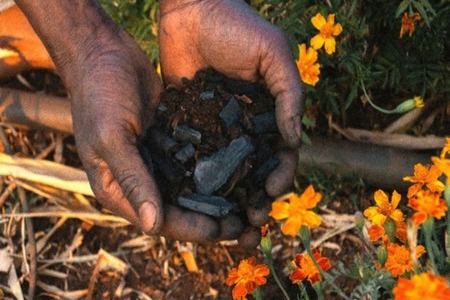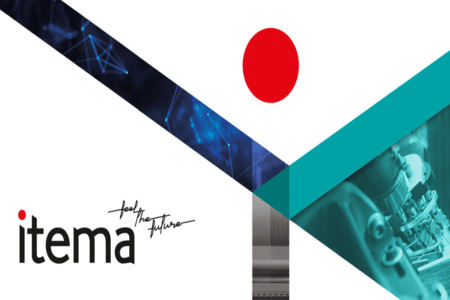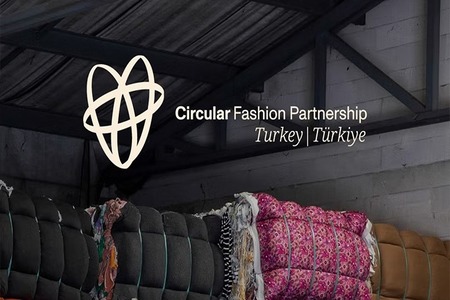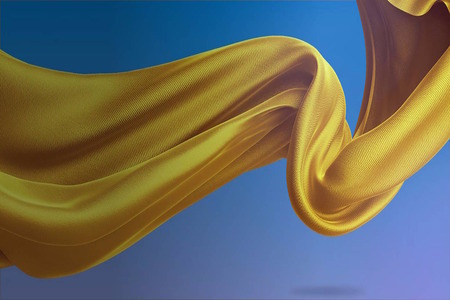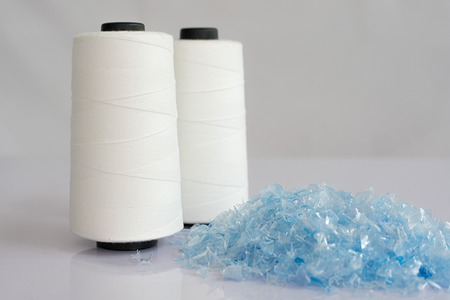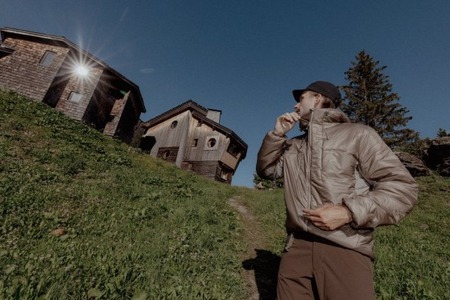
Know who made your clothes
YarnsandFibers News Bureau 2019-05-29 15:00:00 – United KingdomThe concept of Where Does It Come From? is self-explanatory. The clothing brand is driving for total transparency in the fashion industry, particularly in the wake of the Rana Plaza factory collapse in Bangladesh and controversy around a number of fashion brands’ workshop conditions.
All the clothes produced by Where Does It Come From? come with a code on the garment label, so customers can trace the whole supply chain, getting to know the people involved in the production chain, as well as exploring the process.
“Essentially, every item comes with its own story,†explained founder Jo Salter. “We’re all about traceability, and we focus on ethically-created, eco-friendly clothing.â€
“We have three main social/environmental goals – to create employment and support livelihoods for marginalized workers; to develop eco-friendly, sustainable and traceable production supply chains; and to inspire people towards ethical consumerism.â€
The company sells adults and children’s clothing and accessories, both under its own name, and wholesale, working with businesses to create branded items - everything from scarves and shirts to drawstring bags.
“In terms of clothing, most customers are still focussed on price and look for ethics as a secondary consideration or less. It takes some convincing for a customer to move from a brand that they are happy with, especially if they are used to shopping in a certain way.â€
However, Salter added, a growing number of consumers are looking for ethical products, and are keen to know where their clothes came from and under what conditions they were made.
“This steady growth is already being reflected in mainstream brands changing their message to appeal to these customers.
“But their size and the legacy of their supply chains make it more of a challenge for them to show transparency and many are still approaching drops in market share by cutting their prices, rather than changing to a truly more ethical model.â€
Salter founded her company in 2013, after she started asking “uncomfortable†questions about who made her clothes.
“I had two children and I wanted to know who made the clothes I was dressing them in. Were they being treated fairly? Were they children themselves?
“Increasingly we are pressured to be ‘on trend’, refreshing our wardrobes regularly so brands create cheaper and cheaper collections – often producing new lines every few weeks. But the prices of clothes in the UK are pretty much the same as they were in the 1980s, and the effect on the suppliers is to cut wages, working conditions and even safety for garment workers, 80% of whom are women.
“This change in shopping habits has also led to over production of cheap clothing with little consideration on any environmental impacts.
“I created Where Does It Come From? as a way of countering this over production, focussing on quality clothing that’s versatile enough to be worn in many ways and throughout the seasons. Our children’s clothing is designed with features to survive a growth spurt, and we only use natural fibers in all our clothing – it looks and feels fantastic but it will also biodegrade.â€
There are a growing number of ethical clothing brands - Peopletree, Rapanui and Thought - to name a few, that are working with eco-friendly fabrics and fair trade principles, but Salter is confident her brand’s total traceability policy sets it apart. The business’ main challenge is offering competitively-priced clothing, yet still making enough margin to run the next production, paying its supply chain fairly, and continuing to source eco-friendly fabrics.
“The brand is slowly growing from startup stage to scale up. Currently all profits are invested back into the business to create new stock designs and production partnerships to really make a difference. For example our Indian clothing productions helped provide livelihoods for over 500 artisans last year.â€
Salter has previously run crowdfunding initiatives to help cover the costs.
“Last year we ran a campaign to fund a new African production of organic, rain-fed cotton garments using Ugandan cotton with production taking place in Malawi. We raised enough funds in pre-sales to run the production, which is now nearing completion. The tunics and other items that have been created are absolutely stunning so we are feeling pretty confident that they will be popular.
“For our new African supply chain we are partnering with two social enterprises. One supports farmers in Uganda through teaching ecological farming techniques so they can grow organic cotton that is fed by the rain, and the other is a Fairtrade-certified workshop in Malawi run by African clothing brand Mayamiko.â€
Salter is also keen to continue her commitment to the environment, and has recently moved to wooden buttons rather than plastic, uses hand printing to reduce water waste, plastic-free and recyclable packaging, and even hosts the company’s website on a wind-powered server farm.
“Currently customers only have access to minimal information about their garment and it is often misleading. How many times do you see a T shirt labelled ‘Made in the UK’ when we don’t even grow cotton in the UK?
“We want to make traceability the norm. If customer expectations of transparency are raised then all fashion brands will have to follow suit.â€
Courtesy: Forbes
Market Intelligence
Ask for free sample Report

experience
Customer Base
dedicated team
Countries Served Worldwide



